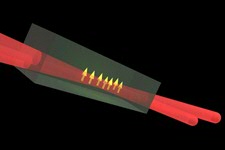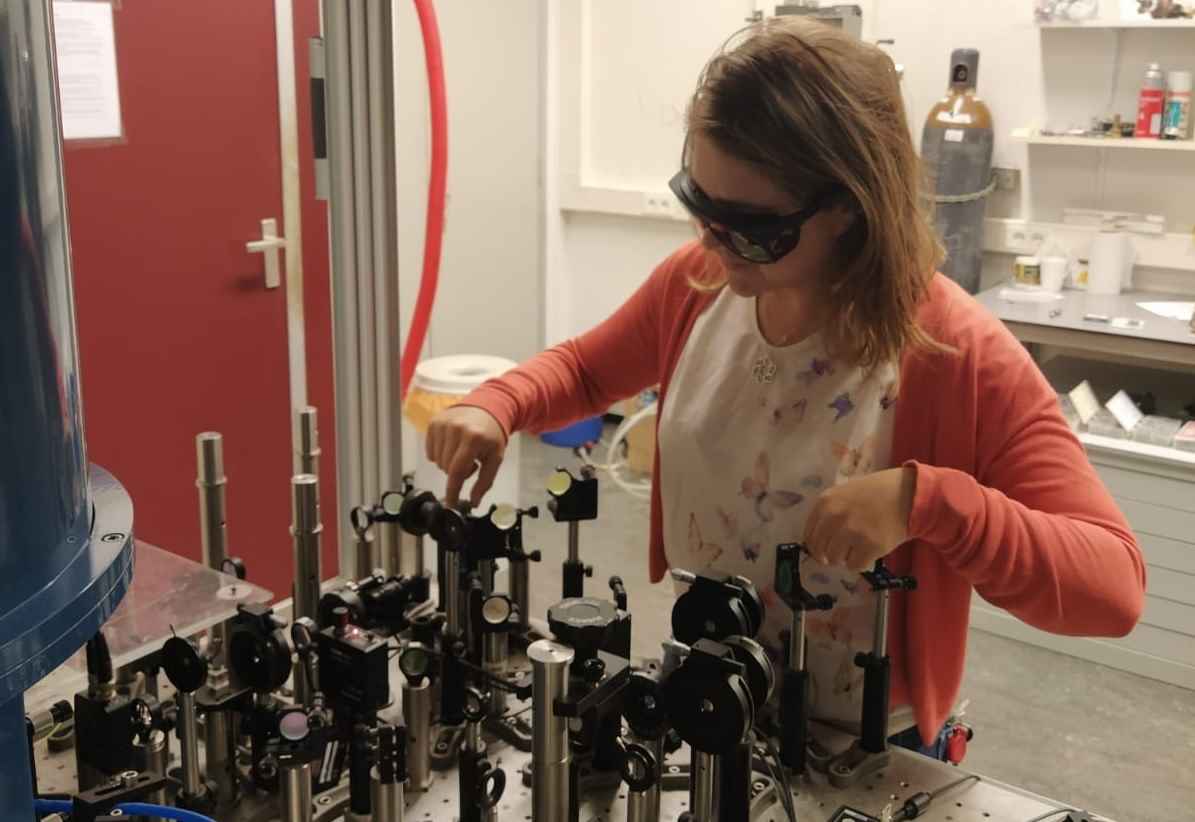Professor Caspar van der Wal receives grant within National Growth Fund program Quantum Technology
Professor Caspar van der Wal of the Zernike Institute receives a grant within the National Growth Fund program Quantum Technology, which the Dutch Research Council (NWO) has organized in collaboration with Quantum Delta NL. Van der Wal receives the grant for his project 'Telecom quantum marriage with metal atoms in semiconductors'. The grant comprises an amount of EUR 350,000.
Quantum technology is a key technology that can provide answers to many unsolved societal challenges.

Metal atoms in semiconductors go quantum-telecom
Quantum technology can make the internet more secure and provide better sensors. Much is still unknown about which materials are most suited for building such technology. The project of Van der Wal builds on the recent discovery that adding individual metal atoms to a widely-used semiconductor material can improve quantum technology. The improvement is that the colour of light that runs in the fibre-optics of the internet can directly control a quantum memory or quantum sensor. Van der Wal aims to better understand which metal atoms are most suitable for this, and how they can be controlled inside a semiconductor device.
Quantum Delta NL
In 2019, Quantum Delta NL has been established to implement the National Agenda Quantum Technology. In 2021, Quantum Delta NL proposal received full honours from the National Growth Fund. The Dutch central government is putting EUR 615 million into this pioneering technology. Of this, within the Quantum Technology programme, a total of EUR 42 million has been set aside for scientific research and innovation, over a duration of seven years.

| Last modified: | 20 December 2022 1.44 p.m. |
More news
-
13 May 2024
‘The colourful cells of petals never get boring!’
Most people will enjoy colours in nature. However, the interest of evolutionary biologist Casper van der Kooi goes much further: he studies how flowers, birds, butterflies, and beetles get their colours. He also studies how these colours are used...
-
13 May 2024
Trapping molecules
In his laboratory, physicist Steven Hoekstra is building an experimental set-up made of two parts: one that produces barium fluoride molecules, and a second part that traps the molecules and brings them to an almost complete standstill so they can...
-
07 May 2024
Lecture with soon to be Honorary Doctor Gerrit Hiemstra on May 24
In celebration of his honorary doctorate, FSE has invited Hiemstra to give a lecture entitled ‘Science, let's talk about it’ on the morning of 24 May
